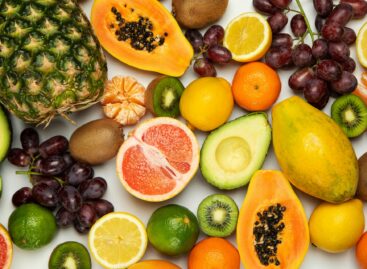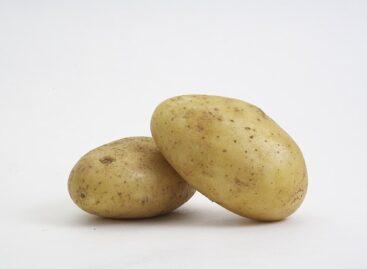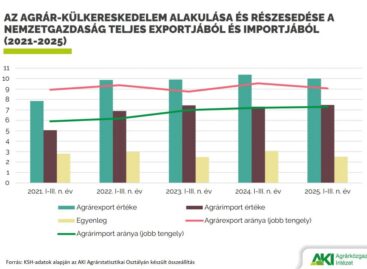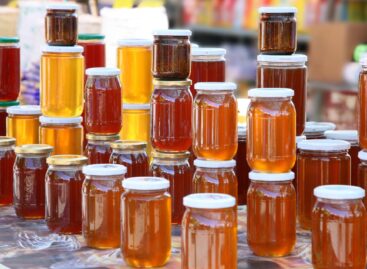Microplastics and nutrition: The hidden dangers
In recent years, the presence and effects of microplastics have increasingly come to the fore, especially in terms of nutrition and health. Annual global plastic production exceeds 460 million tons, a significant part of which ends up in the environment as waste. Microplastics, which are plastic particles with a diameter of less than 5 millimeters, can pose a significant health risk if they accumulate in the environment.
 Microplastics can enter the human body in different ways. In the food industry, prepackaged foods, bottled beverages, and other packaged products are all potential sources of these particles. The microplastics released from the packaging can end up in food and drinks, which poses a serious health risk.
Microplastics can enter the human body in different ways. In the food industry, prepackaged foods, bottled beverages, and other packaged products are all potential sources of these particles. The microplastics released from the packaging can end up in food and drinks, which poses a serious health risk.
Drinking water and bottled mineral water can contain a particularly high proportion of microplastics, which can come from water pollution and packaging materials. Food cleaned with tap water can also be contaminated with microplastics, so the use of water filters is recommended in the home environment.
Numerous studies have shown that various foods and beverages, such as tea, dairy products, honey, sugar, and vegetables and fruits may also contain microplastics. In addition to contamination from packaging, these particles can also enter food during processing and storage.
Fish and seafood can also be a significant source of microplastics. Microplastics accumulated in the aquatic ecosystem enter the human body in several stages, especially through the consumption of seafood.
Related news
2025 was a black year for the Hungarian food industry: product lines under pressure on multiple fronts
🎧 Hallgasd a cikket: Lejátszás Szünet Folytatás Leállítás Nyelv: Auto…
Read more >Belgian startup uses AI to reduce food waste
🎧 Hallgasd a cikket: Lejátszás Szünet Folytatás Leállítás Nyelv: Auto…
Read more >Agricultural foreign trade surplus decreased in the first three quarters of 2025
🎧 Hallgasd a cikket: Lejátszás Szünet Folytatás Leállítás Nyelv: Auto…
Read more >Related news
This is how we eat honey in 2026
🎧 Hallgasd a cikket: Lejátszás Szünet Folytatás Leállítás Nyelv: Auto…
Read more >HELL ENERGY 20 years – an anniversary film was made about the history of the brand
🎧 Hallgasd a cikket: Lejátszás Szünet Folytatás Leállítás Nyelv: Auto…
Read more >Circular transition more urgent than ever
🎧 Hallgasd a cikket: Lejátszás Szünet Folytatás Leállítás Nyelv: Auto…
Read more >







